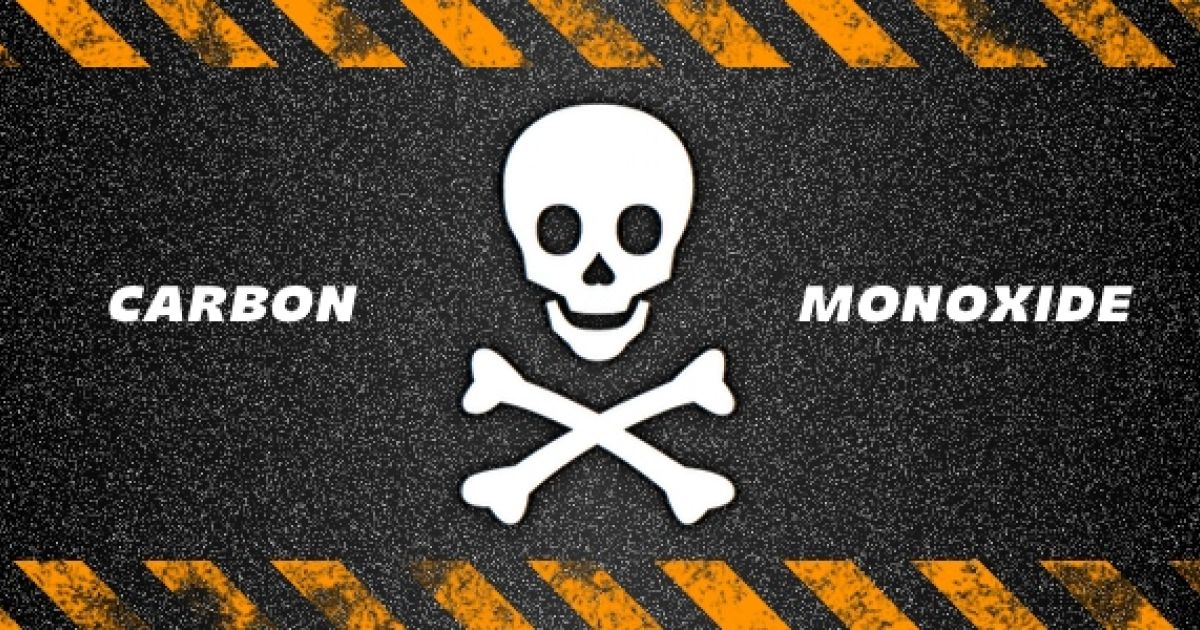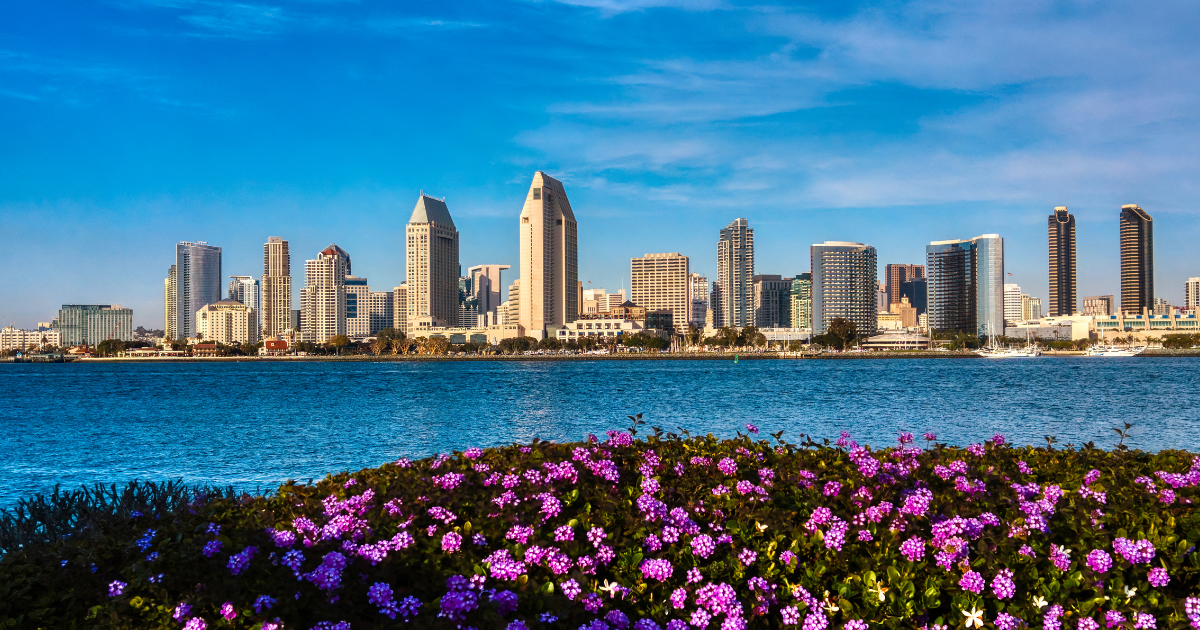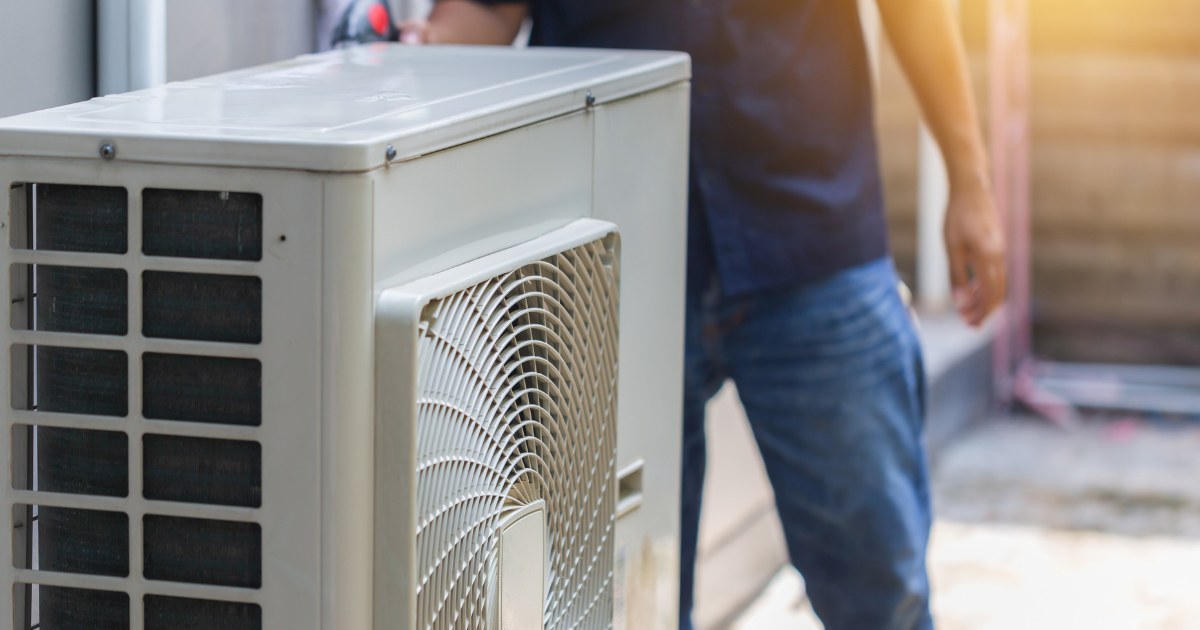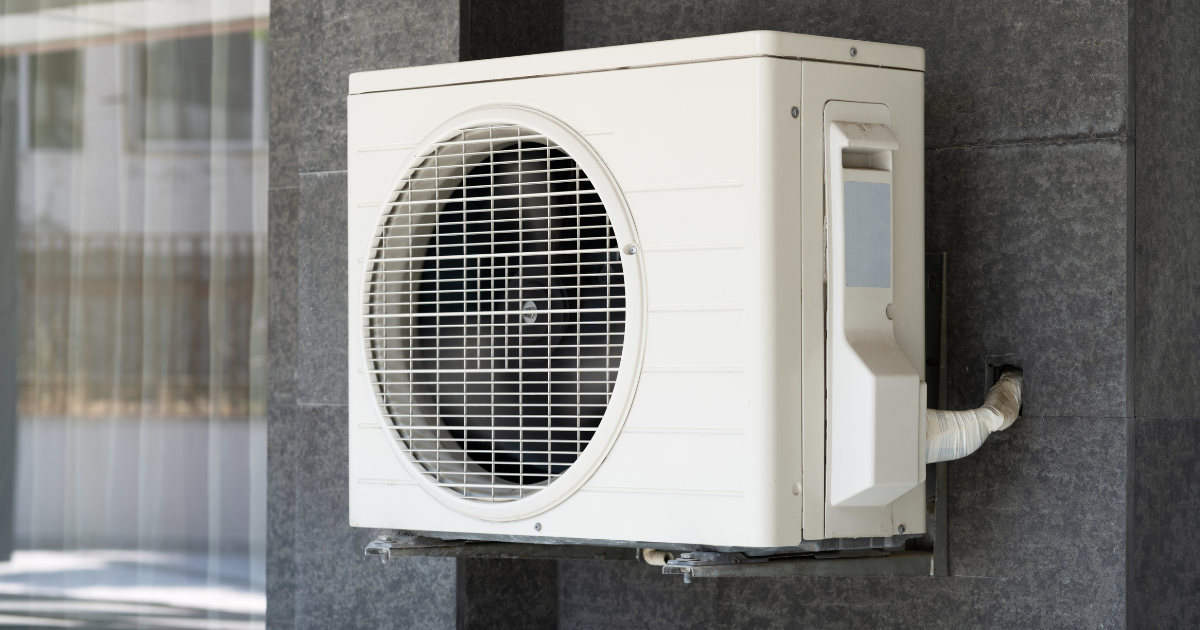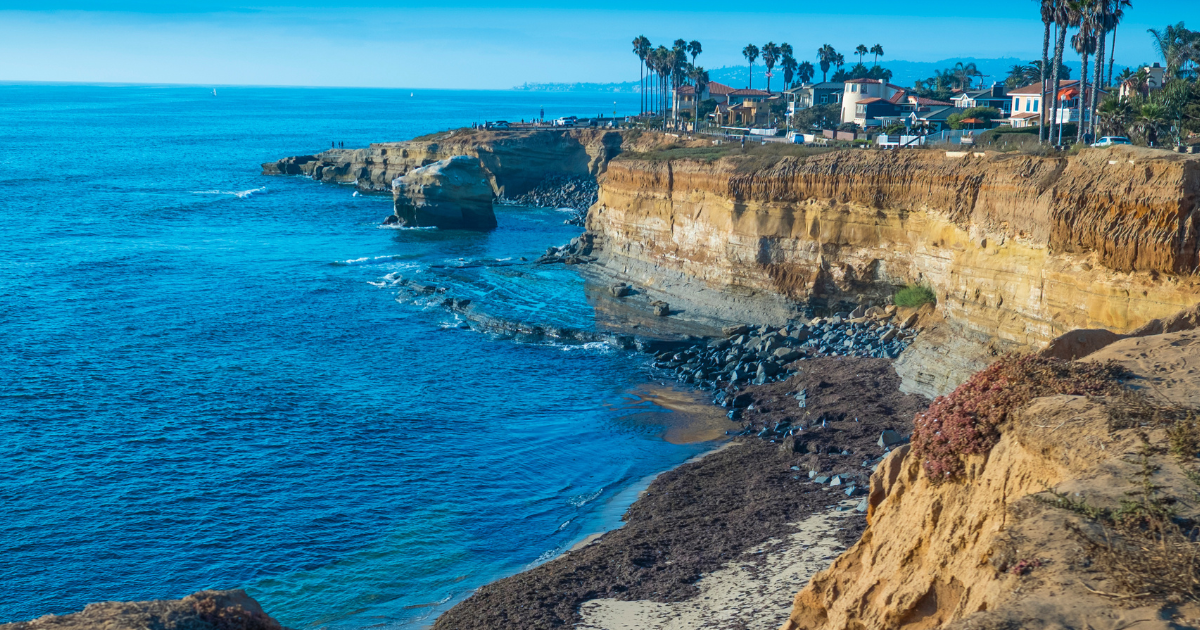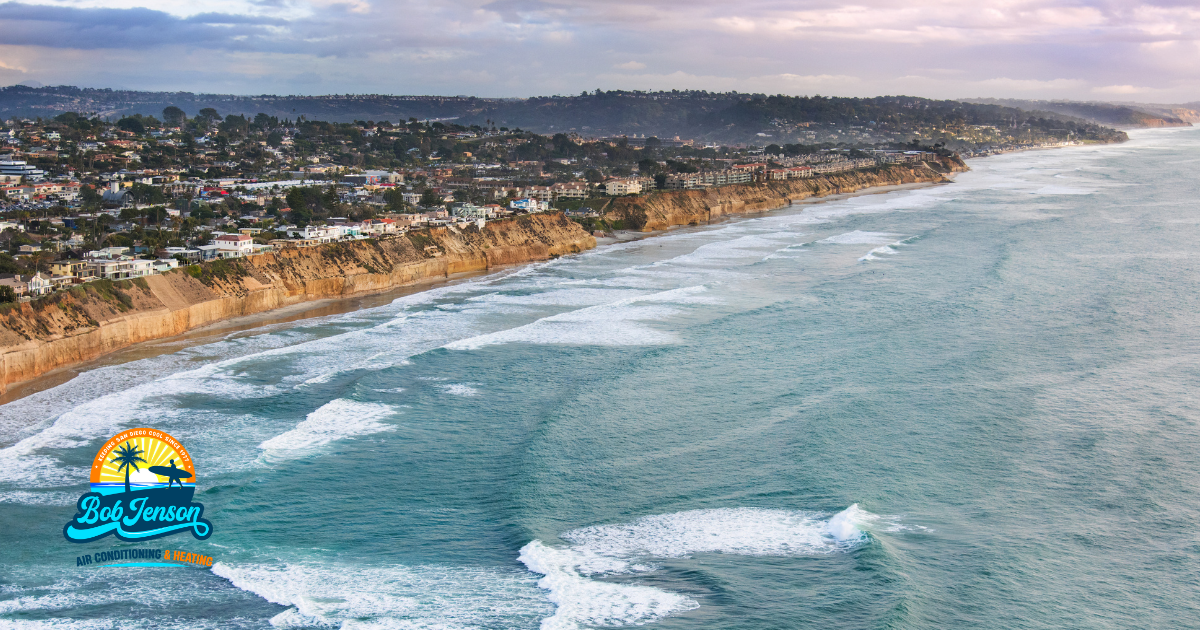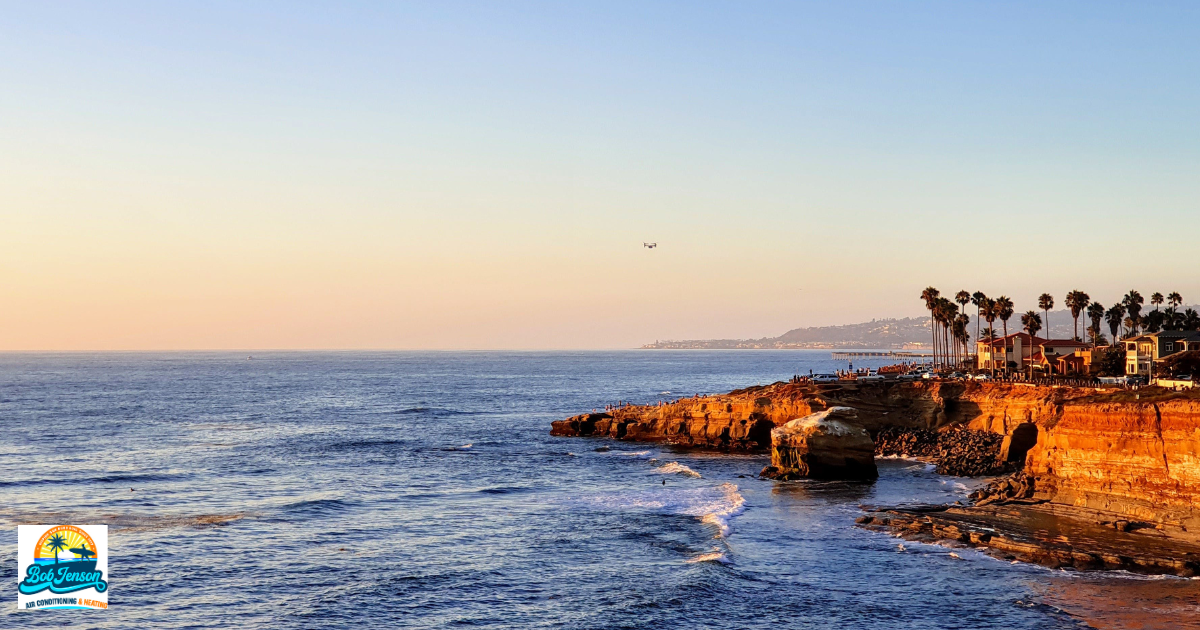Carbon Monoxide is a Silent and Preventable Threat
According to the Consumer Product Safety Commission, 170 people die in the U.S. every year from non-automotive-related carbon monoxide poisoning. These deaths are attributed to products and equipment in homes and workplaces that are silently emitting the odorless, colorless, invisible poisonous gas. Though awareness of the gas has certainly led to safer conditions and monitoring, the fact remains that carbon monoxide is still deadly. Homeowners should be aware of the potential sources of carbon monoxide and the dangers associated with the items that emit this all-too-common toxin.
What is carbon monoxide—and why is it dangerous?
Carbon monoxide is an invisible, deadly gas that is created when fuels are not burned completely. These gases include propane, natural gas, oil, kerosene, and coal. Exposure to carbon monoxide in small doses can lead to general sickness, nausea, vomiting, headaches, disorientation, and other flu-like symptoms. Carbon monoxide exposure that persists and is not treated can lead to death.
What are some sources of carbon monoxide in my home?
Anything that uses fuel to run can be a potential source of carbon monoxide. Some specific examples include lawn mowers, furnaces, water heaters, generators, fireplaces, gas stoves, and power washers. People who smoke cigarettes or pipes in the home also release carbon monoxide into the air. A quick inventory of your home should reveal several potential sources of carbon monoxide, including items you may not have ever considered dangerous in the past.
How will I know if I’ve been poisoned by carbon monoxide?
There are many symptoms of carbon monoxide poisoning that are often easily attributed to other ailments. These symptoms include:
- Headaches
- Dizziness
- Shortness of breath
- Fatigue
More pronounced symptoms include:
- Vomiting
- Loss of muscular coordination
- Confusion and disorientation
- Loss of consciousness
You may not immediately realize that your strange behavior or discomfort is the result of carbon monoxide poisoning, but you should consult your doctor if you notice any symptoms that seem to have no other explanation (and even some that do).
How can I tell if there are unsafe levels of carbon monoxide in my home?
This gas is virtually untraceable. Carbon monoxide detectors are the best way to know if there are any leaks in your home, but there are other signs, too. These signs include:
- Excess condensation on windows or doors
- Rust on furnace parts or adjoining parts
- The color of the flame on the pilot light of a gas furnace. If it is yellow, instead of blue, carbon monoxide is present in dangerous amounts
How can I prevent carbon monoxide poisoning in my home?
As mentioned above, a carbon monoxide detector or alarm is the best way to know if your home is at risk. Make sure these alarms are up to the current safety codes (UL 2034). If they are outdated, throw them away and invest in new detectors, some like the Nest Protect have advanced features. Install a carbon monoxide alarm in or near every sleeping area of the home. People should also install carbon monoxide alarms in their boats and recreational vehicles. Carbon monoxide detectors should be tested every month, and the batteries should be changed every six months, whether the alarm responds to testing or not.
Some other ways to avoid carbon monoxide poisoning:
- Make sure all appliances, including furnaces, are properly installed by high-quality professionals like Bob Jenson.
- Avoid operation of portable generators or similar gas-powered units in an enclosed space, like a garage. It is not enough to open windows or doors. Carbon monoxide levels can still be deadly when trapped.
- Never allow running vehicles inside garages or sheds, even if there is a door open.
- Open the flue of your fireplace when it’s in use for proper ventilation.
- Avoid using gas-operated units, like ovens or clothing dryers, to heat your home.
- Never cover propane or natural gas ovens with aluminum foil. This blocks proper air flow, leading to carbon monoxide buildup.
- Always pay attention to the owner’s manuals and instructions when it comes to fuel-powered appliances and equipment to ensure proper use.
- Hire a professional to inspect your heating systems at least once every year to check for signs of carbon monoxide problems.
- Repair any damage or leaks in fuel-powered appliances, vehicles, units, and equipment in your home and any tools used for camping/outdoor recreation.
- Be aware of your home and any changes in appliances—and health of family members—that could signal carbon monoxide poisoning.
Thankfully, the resources exist to protect every homeowner from deadly, untraceable carbon monoxide. However, don’t rely on any single method to protect you and your family. For example, several weeks may have passed since a carbon monoxide detector has been tested, and in the meantime, the batteries may have died. If you think there is any chance of a leak in the home, test the detector again and call in the help of a professional if it sounds or you are unsure if it is working.
Understanding the Law in California
Law states that all existing single-family dwellings that contain a fossil fuel burning heater or appliance, fireplace or an attached garage must install carbon monoxide alarms. All other existing dwellings (multi-family) shall comply by January 1, 2013. CO alarms must be either battery-powered or plug-in with battery backup. CO alarms must be installed outside of sleeping areas and on every level of a dwelling, including the basement.
The Carbon Monoxide Poisoning Prevention Act of 2010 (Senate Bill 183) required owners of all existing single-family dwellings containing a fossil fuel source or attached garage to install CO alarm devices within the dwelling by July 1, 2011. Owners of multi-family leased/rental dwellings (i.e. apartment buildings) have until January 1, 2013 to comply with the law? Separately, in January, the California Department of Housing and Community Development proposed a new rule that would require carbon monoxide alarms in additional types of housing. Mobile and/or manufactured housing with up to two dwelling units would be required to comply by July 1, 2012, and mobile and/or manufactured housing with more than two dwelling units would be required to comply by January 1, 2013.
California Bill, SB 1394, originated as a law affecting CO alarms in hotels and motels but now includes several smoke alarm requirements, too. Please note that it has not yet passed the California Assembly and will be required to do so before heading to the governor.
For several months, SB 1394, which requires the installation of carbon monoxide devices in all existing hotel and motel dwelling units, has been working its way through the legislative process in California. SB 1394 accomplishes two primary purposes: (1) it delays the effective date of the CO detection requirements for hotels and motels until January 1, 2016; and (2) codifies many of the recommendations made by the California State Fire Marshal (CSFM) Smoke Alarms Task Force in the report published in August 2011 (Report http://osfm.fire.ca.gov/SFM_SATF_Rpt.pdf).

Bob Jenson
For over 45 years, Bob Jenson has been providing quality heating and air services to the San Diego community.
Request Service
Please fill out the form below to request an estimate or schedule service.
"*" indicates required fields
